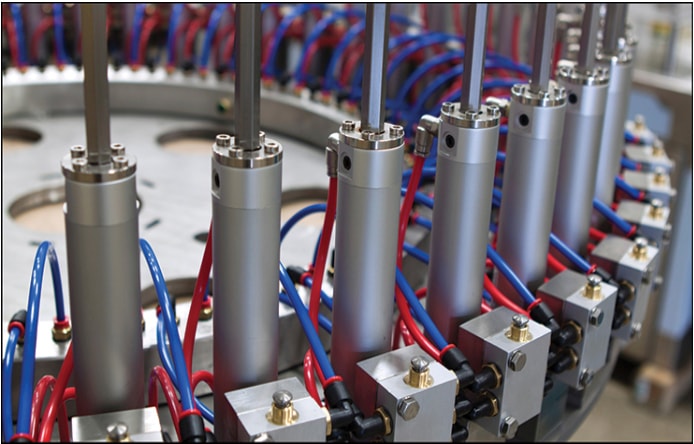Linear actuators by their nature are devices that can provide automated linear motion work. This pretty simple working principle is quite conveniently used within a variety of industrial fields. Electric actuator technology allows automating such mechanical processes as lifting and lowering, pushing & pulling, etc. In all variants of its implementation the work of actuators is pretty simple – move the specified weight in the direction required. But the more complicated technologies that need automation become, the more controllable the actuator technology should be. And here is where the diversity of the electric linear actuators control options comes in handy.
Technologies for Linear Actuators Control
Rocker Switches – technology that allows controling linear actuators without efforts. Most of the models of the following product have the three main positions options: UP (operating), DOWN (non-operating), and MIDDLE (pause). Hence, one single lever arm can perform already three types of work that allows a person to launch, pause, and stop the machine instantly.
Control Boxes – are devices that allow simultaneous, non-simultaneous as well as singular actuator control under the conditions where pressing the rocker switch is not possible or extremely inconvenient due to the full automation of the linear actuator. This is especially convenient when linear actuators are used as the operating parts for assembly lines, lifts, etc. Thanks to great adjustability of control boxes they allow using the remote control mechanisms to control actuators’ work via Wi-Fi. This allows using this technology in a range of automated and semi-automated technologies and devices of great importance. Most manufacturers of linear actuator control boxes crate them as the device that can be activated with AC or DC power. That is why almost all the control boxes model come either wired or wireless. This allows using the same technology under totally different surrounding conditions.
Power Supplies – transform the input voltage of 110 – 230V into the output voltage of 12V. This relatively small device has a single purpose to provide the linear actuator with the energy optimal for its performance.
Programmable Logic Controller (PLC) – are controlling devices that are tolerant to severe environmental conditions where dust, sand, water jets & splashes possess certain danger to other electric equipment used along with PLC controls. PLC controls include microcontrollers like Raspberry Pi, motor drives and relays, servos, sensors and shields, special wiring and exclosures. This technology allows using the actuator technology along with special sensors that make it possible to adjust the work of electric linear actuators so that they can work within complicated automation conditions and in terms of complicated working patterns. Among the most convenient digital elements that this technology offers are the limit switches that allow stopping the actuator each time it reaches to a certain position. However, PLC controls provide some other sensor options. Some of the sensors can change the working pattern when registering exact temperatures or even pressure. However, the most noticeable advantages of PLC controls over any other controlling device is that they are able to provide the multiple input & output arrangements. This technology also provides a powerful resistance to surrounding vibrations that allows installing it along with actuators working in harsh surrounding conditions. This can be factories and plants where engineering equipment can cause powerful vibrations and noise.
All of the above-mentioned control options give significant space for variations with electric linear actuators implementation. Wich attentive and smart approach this technology can help automize the most powerful production lines that will require a little maintenance and will serve with the highest feedback. Control options allow using remote controls and adjust actuators to the needs of the surrounding where this technology is wanted to be used. Combination of actuators with such technology allows creating complicated working patterns that frequently are justified by the automation purposes. With this broad range of available combinations, actuators can automate all that is required effectively.
